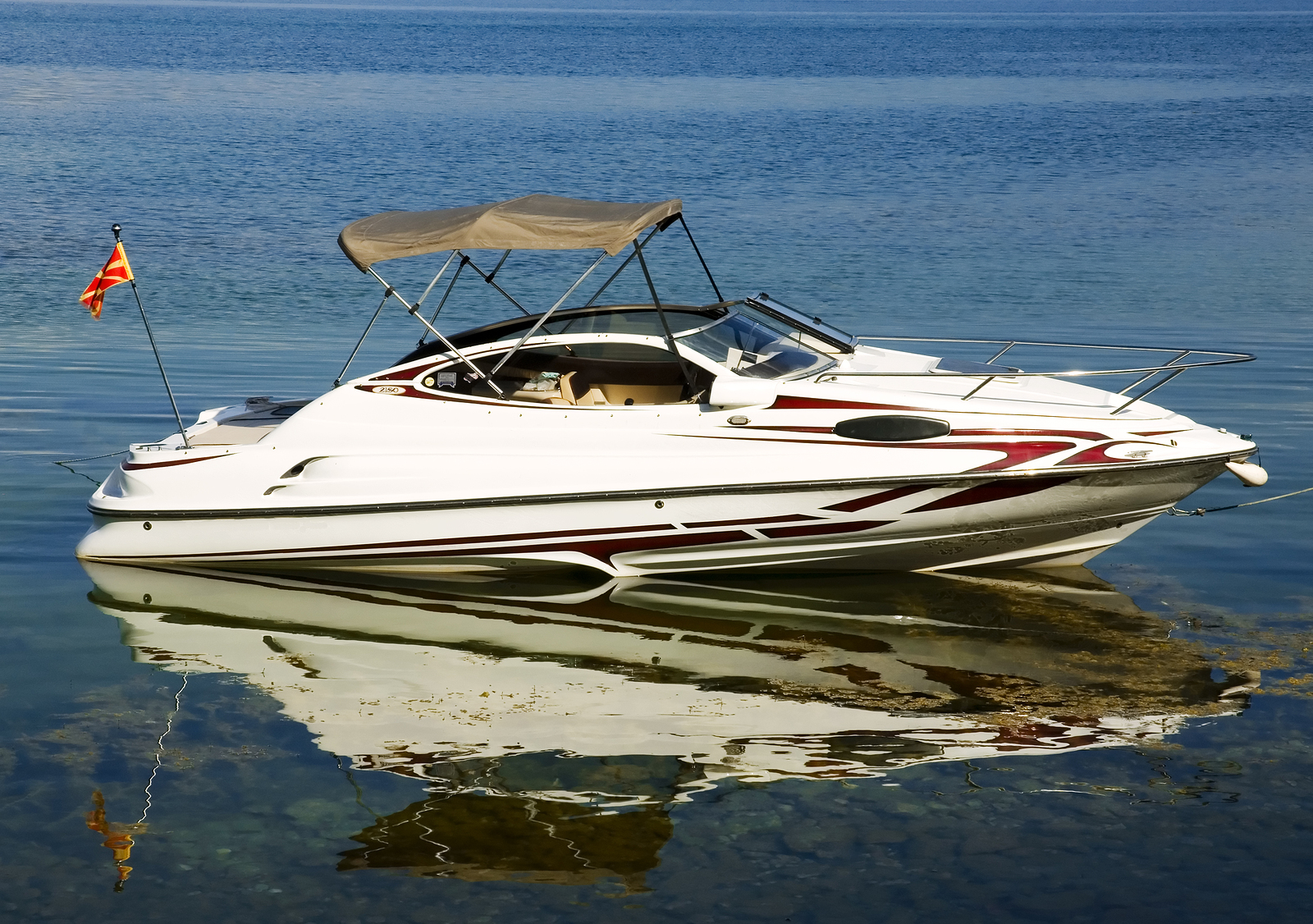Brass can be a fine material to use for a number of hobby projects, including drive shafts for remote-controlled boats. Bill Zumwalt of the RC boat portal Old River Bill’s RC Towboats said that a round brass tube works for drive shafts but only after an extensive amount of work done. He warned, however, that such a setup is only applicable to RC ships or workboats.
Any way you put it, hobbyists who have the skill to customize and upgrade will be able to turn simple crafts into serious pieces of workmanship. That may be possible if you source a modest part of your materials from companies such as Rotax Metals Inc.
Down to Business
For the assembly of a custom drive shaft with brass tubing, Zumwalt suggests to look over the hole of the propeller and measure the diameter of the drive shaft. The new drive shaft requires assembling three tubes of different sizes. The trick with this is to get the drive shaft diameter and add two more sizes; the bigger one will be the shaft housing.
There are a number of tools you must have ready. In addition to the tubes, you will need a hobby syringe filled with lube grease, a solder gun with 60/20 rosin core electronic solder, a solder cleaning paste and brush set, rotary tool, and sponge. Zumwalt rules out heavy oil or even petroleum jelly as they are unworkable in the scenario.
There must be a link, though, between the main shaft and the housing. According to Zumwalt, you need half-inch-long sleeves or spacers at both ends of the housing to hold back the shaft as they expand from the heat and friction. They will be one size smaller than the housing so they can telescope inside it to be soldered. Additional machining may be needed if you’re using a brass square tube product instead of a round one.
Working Over
Insert the larger brass tube into the drive shaft with the sleeves soldered in on both ends. The housing itself should be jammed full of grease at first, but drill a small hole just behind one of the sleeves. As you spin the drive shaft on a bench vise with a DC motor and battery, you will insert more grease into the hole to further lubricate it. After you’re done, make sure to rough-sand the parts of the housing where it comes into the hull, where you’ll use heavy-set epoxy glue; it ensures that the main assembly will not vibrate under the strain.
Brass’ heat-absorption capabilities and versatility should not be discounted. A company like Rotax Metals has this and more in stock.
(Source: Making – Drive Shafts!, Old River Bill’s RC Towboats)


